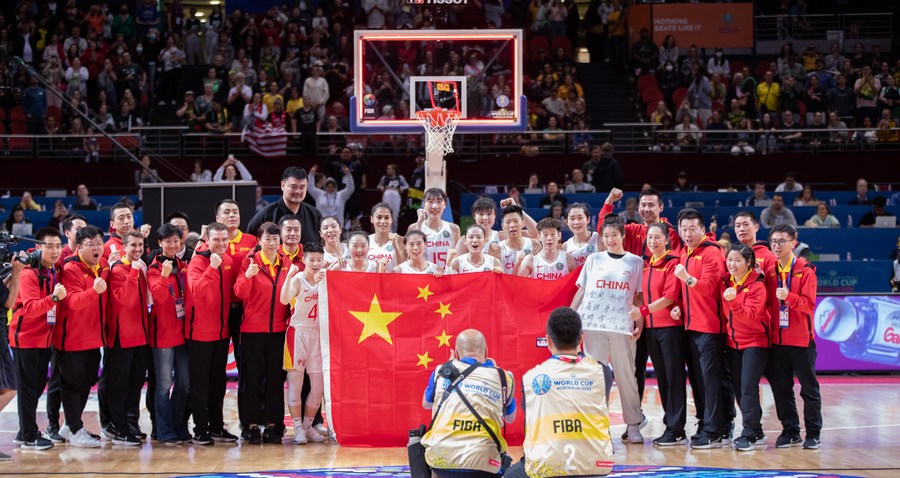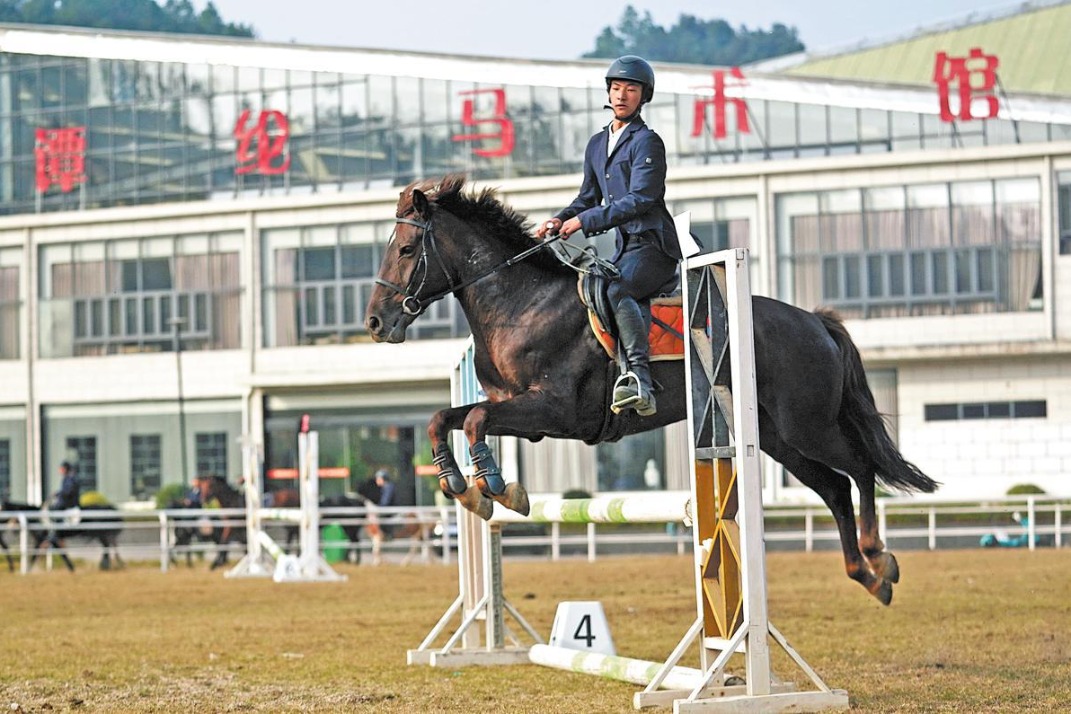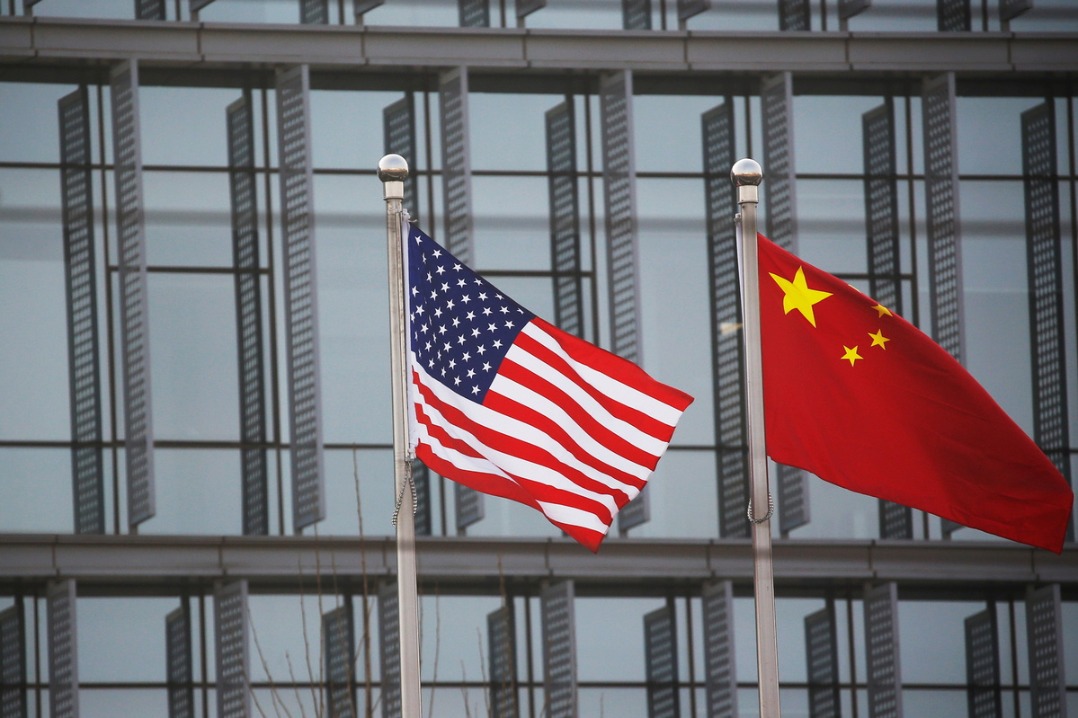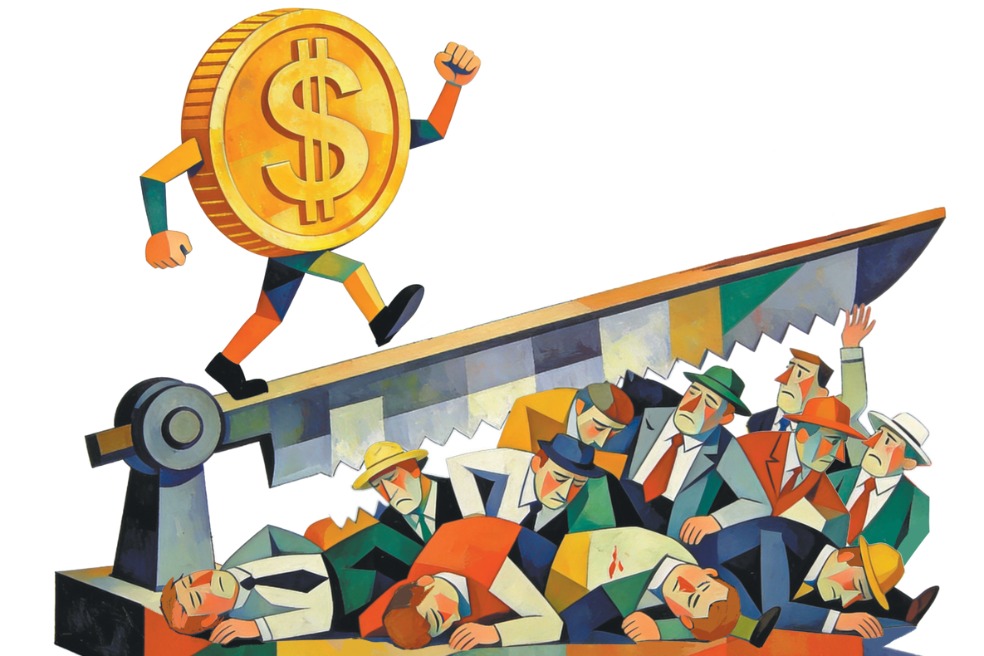China's dramatic rise in global sports arena


Editor's note: From a minor player in international sports to a major sports power in a couple of decades, China's rise on the global sports stage has been dramatic but not unexpected thanks to the huge amount of resources it has invested in the sports sector, writes a veteran journalist with China Daily.
As I worked as a sports journalist for my first 10 years with China Daily, I have closely followed how China has grown from a minor player in the international sports arena into a global sports power.
Despite its huge population, China was not much of a global force in sports until the 1980s. It was very good at table tennis, though. The first major international breakthrough for China came in 1981 when its women's volleyball team won the Women's Volleyball World Cup. Understandably, sports fans went crazy. Parades celebrating the victory were held on many university campuses, with some students shouting slogans such as "revitalizing China", which has since become the goal of the nation.
Boosted by the victory, China invested more of its limited resources in training athletes. The investment paid off, as China got its first Olympic gold medal in shooting in 1984. In all, Chinese athletes won 15 gold medals in the Los Angeles Olympics, setting the course to becoming a global sports power. In the past decade, Chinese athletes have been winning about 120 gold medals in international sports tournaments every year.
With China investing more resources in the sports sector thanks to the fast-paced economic development and winning world titles becoming normal for Chinese athletes, the government started encouraging ordinary citizens to play sports.
In 1995, the State Council, China's Cabinet, published the "Outline of National Fitness Program", promising to invest more resources to make sports facilities more easily accessible to the public. And Sports Lottery tickets were sold nationwide to raise funds for building and renovating sports facilities.
In 2011, the State Council began publishing five-year plans to implement the national fitness program, setting targets and measures to take the program forward. The 2021-25 plan, for instance, says that by 2025, 38.5 percent (compared with 37.2 percent in 2021) of China's population would take part in regular sports activities. It also promises to build more sports facilities so every citizen can reach the nearest sports/physical exercise venue within 15 minutes, and said there would be on average 2.16 coaches or instructors for every 1,000 people playing sports or doing regular physical exercise.
Regular sports activities mean playing sports or working out more than three times a week with more than half an hour a day of cardio exercise. And the fact that 37.2 percent of the population took part in regular sports activities in 2021 means about 500 million people made good use of the country's 3.71 million public sports facilities.
While the young may prefer to play on the 1 million basketball courts or 117,300 soccer fields, others use the running tracks (cumulatively 2,093,000-kilometer long) in the sports facilities and parks for doing physical exercise in their community or village squares equipped with facilities provided by the government, Sports Lottery, companies or individuals.
Square dancing is popular among senior citizens, especially women. As night falls, almost all squares in cities and towns turn into dance floors where millions of middle-aged and elderly people practice square dancing accompanied by music. The activity is a popular hobby which also helps the elderly keep fit.
Marathon is another popular sports discipline. Before the COVID-19 pandemic broke out in 2020, China used to hold more than 1,800 marathons every year, compared with just 22 a decade ago. In 2019 alone, the marathons attracted 7.1 million participants.
Thanks to these developments, the sports industry's value increased to 2.74 trillion yuan ($385.32 billion) in 2020. The 2021-25 national fitness plan's goal is to double that figure by the end of 2025.
As a sports journalist, I spilled a lot of ink describing the progress of competitions because TV was yet to become popular then and fans were eager to know the goings-on at sports events. Now that fans can watch live telecast of sports events on their mobile phones, sports writers are spending more time in digging up behind-the-scene stories of athletes.
Next, they may have to work harder to find the right angles to write about sports fans who today are not only interested in watching and talking about sports events but want to be part of them too. The age of sports is coming.
The author is former deputy editor-in-chief of China Daily.
If you have a specific expertise, or would like to share your thought about our stories, then send us your writings at opinion@chinadaily.com.cn, and comment@chinadaily.com.cn.


































